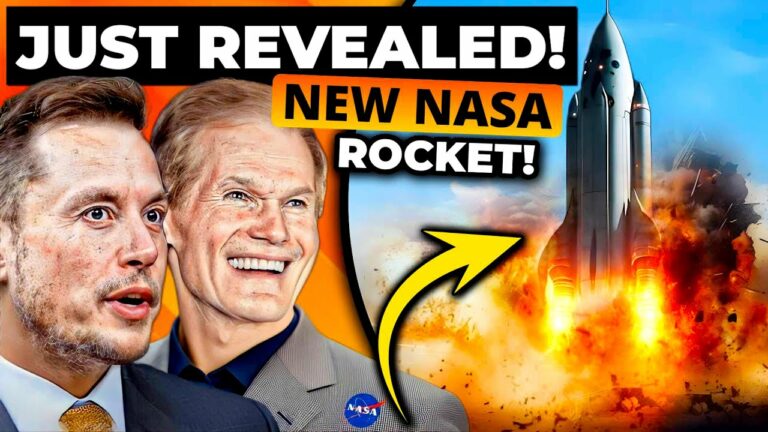Elon Musk Reveals NASA’s New Nuclear Rocket Concept!
Elon Musk believes that a nuclear-powered rocket would be a fantastic means of quickly traveling into space, and now NASA is building just that. Would this be the holy grail of space exploration?
According to recent research, if an astronaut returns home from a trip to Mars in less than four years and avoids spending too much time in radiation and zero gravity, the trip would be rather safe. NASA calculates that it would take seven months to go to Mars using present technology, meaning that over 30% of the “safe” travel time would be lost in transit. People would have plenty more time to conduct experiments and hang out on the surface of Mars if the trip time were cut in half.
Musk has shown interest in the possibility of using nuclear power to power rockets. He added that NASA ought to investigate the possibility of sending nuclear rockets to Mars in 100 days, referring to it as a “great idea.”
According to reports, NASA is investing in a novel nuclear rocket concept for upcoming space travel and astrophysics research. Let’s check it out!
NASA intends to launch many astrobiology missions to Venus and Mars in the upcoming years to look for signs of extraterrestrial life. These will take place in conjunction with the first crewed missions to Mars and the Moon (for the first time since the Apollo Era). There are grand ideas to send robotic missions to Titan, Europa, and other “Ocean Worlds” that might be home to exotic life, as well as beyond the inner solar system. Through the NASA Innovative Advanced Concepts (NIAC) program, NASA is investing in some exciting new technologies to achieve these goals.
The selection for this year includes nuclear propulsion technology, solar-powered aircraft, light sails, bioreactors, hibernation technologies, and astrobiology research. The idea for a Thin Film Isotope Nuclear Engine Rocket (TFINER) was made by senior technical staff member James Bickford and his associates at the independent technology developer Charles Stark Draper Laboratory, which is based in Massachusetts. The NIAC recently approved this plan for Phase I development, which depends on the radioactive decay of isotopes to produce propulsion.
As their proposal paper states, several next-generation mission concepts cannot be realized without improved propulsion. These consist of aiming a telescope at the gravitational lens’s focal point on the Sun and interacting with an interstellar object that is passing by. Rapid velocities are necessary for these mission concepts, which traditional rocketry just cannot achieve. Although they are being researched for fast-transit missions in the Solar System and toward Proxima Centauri, lightsails are unable to perform the propulsive maneuvers required for deep-space travel.
Nuclear-thermal and nuclear-electric propulsion (NTP/NEP) are nuclear concepts that are feasible with current technology since they have the thrust required to reach deep space locations. But as Bickford and his colleagues pointed out, producing them is also costly, huge, and heavy. They add, “In contrast, we propose a thin film nuclear isotope engine with sufficient capability to search, rendezvous, and then return samples from distant and rapidly moving interstellar objects.” “Using the same technology, a gravitational lens telescope can be reoriented to observe multiple high-value targets in a single mission.”
Do not forget to share your opinion with us to provide you with the best posts !




0 Comments